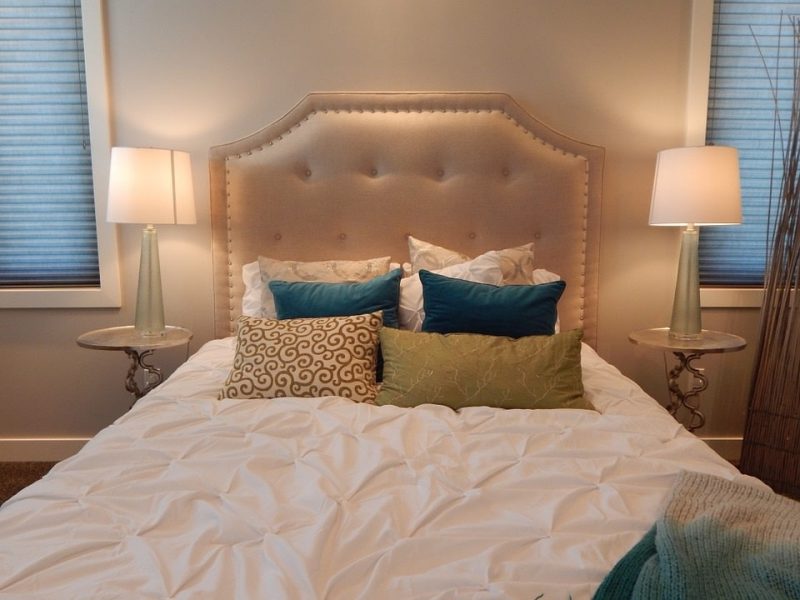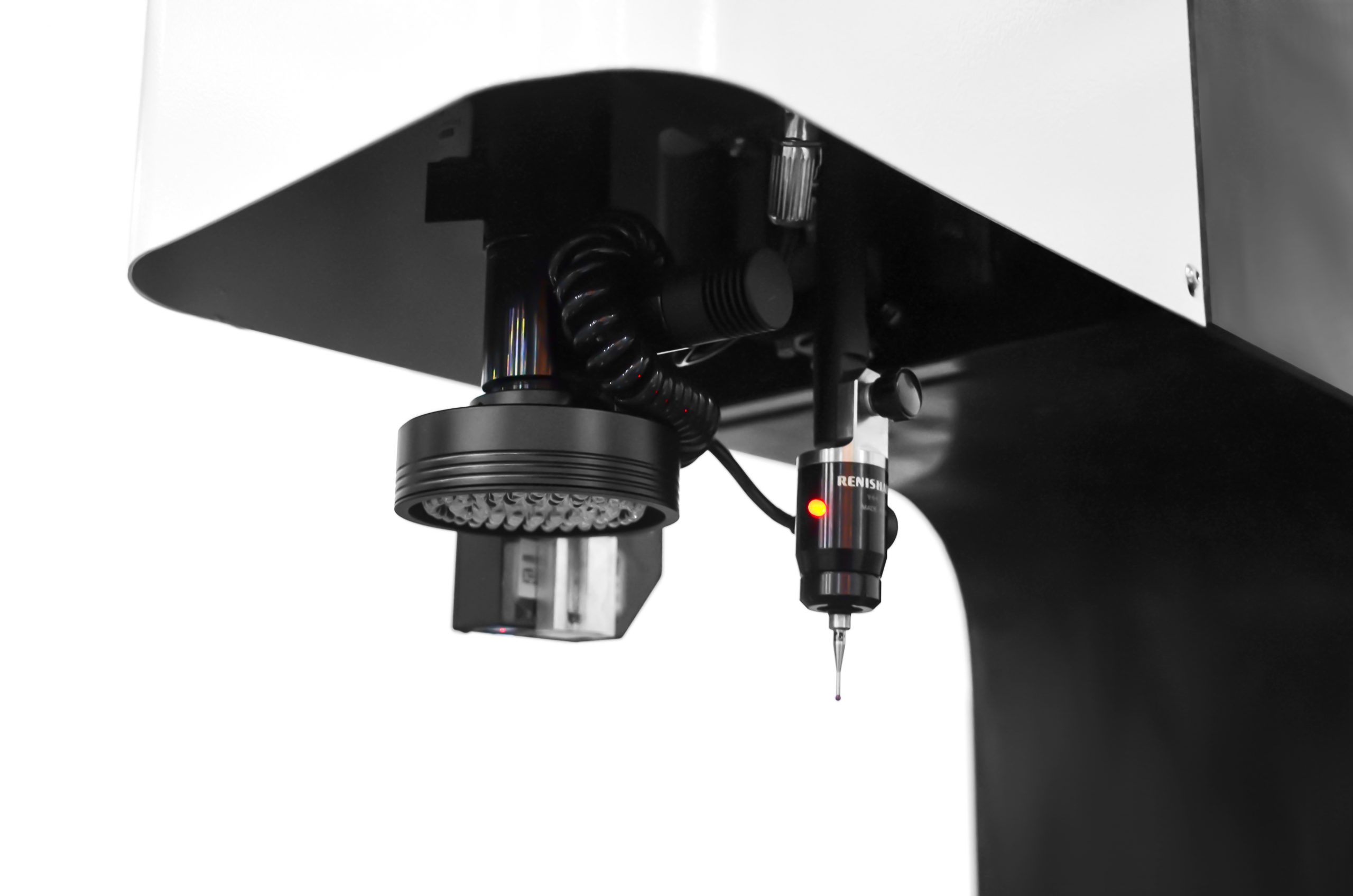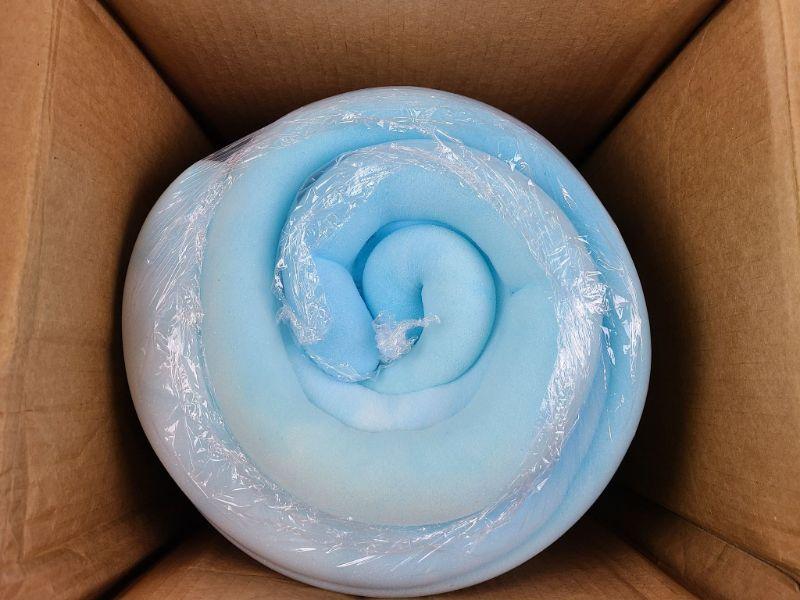Everyone can appreciate the beauty and practical design of a small house. Art Deco houses may be the most stylish and elegant designs. They are known for their sleek designs, rectangular shapes, and sometimes unusual curves. But why are small house designs considered to be so attractive? Small houses are often thought of as being more affordable, energy efficient, and easier to build than other types of homes. This is because the materials required are often less expensive and the construction times are shorter. The smaller square footage also means lower energy bills. In addition, smaller spaces are easier to keep cool and comfortable, leading to fewer overall repairs. As a result, they are a great option for a wide range of people. When it comes to Art Deco house designs, there are a few tips and tricks that can help make the process easier. First, consider the overall aesthetic. Art Deco homes are usually characterized by linear, geometric patterns, mosaics, and smooth curves. The key is to choose a design that is both practical and stylish. From there, it’s a matter of utilizing space efficiently and creating a comfortable, inviting atmosphere. Another important factor to consider when designing a small house is the use of different materials, colors, and textures. Art Deco homes are known for being filled with vibrant colors like bright pastels, bronze, and gold. Use these colors and textures to create interest or contrast. In addition, consider using different materials, such as glass, steel, and stone, to create an interesting visual effect. Finally, when designing the interior of a small home, focus on practicality. Utilize furniture that can double as storage, and arrange the space in a way that maximizes the size of the living areas. Additionally, opt for warm, inviting colors and unique patterns to create an inviting atmosphere.Small House Designs: Benefits and Tips
The small size of a tiny house is perfect for Art Deco design. The clean lines of the structure lend itself to modern, minimalist aesthetics. To give a tiny house its unique Art Deco look, consider using decorative accents like mosaic tiles, bold colors, and sleek furniture. Mosaic tiles can add character to the walls of a tiny house. Mosaic tiles come in a variety of shapes, sizes, and colors, allowing for numerous design schemes. They’re also durable and easy to clean, meaning they can serve as a great focal point in the design. Consider using bold, contrasting colors to give the space a unique and luxurious feel. In terms of furniture, modern and minimalistic is the way to go for Art Deco style. Select pieces that have clean lines and symmetrical shapes. Also, be sure to use plenty of natural materials such as wood and stone. Using these materials will create a natural, organic feel to the space. Finally, consider the use of lighting. Art Deco homes often utilize stylish lighting fixtures to create dramatic effects. For the tiny house, consider using string lights, wall sconces, or pendant lights to create a chic atmosphere.Tiny House Design: Aesthetic Options
If you’re looking to create the perfect Art Deco-style tiny home, there are a few simple design tips to consider. Tip 1: Think About the Space. Create an organized plan and figure out how you will use the space. Try to maximize the floorspace by avoiding unnecessary divisions and walls. Tip 2: Select a Color Palette. Choose bold and bright colors for the tiny home, such as pastels, light blues, and golds. This will give the house a luxurious feel and create a warm atmosphere. Tip 3: Invest in Quality Materials. When selecting furniture, materials, and lighting, make sure they are of high quality. This will ensure the house looks beautiful and is made to last. Tip 4: Take Advantage of Natural Light. Natural light is a great way to make a small space look bigger. Consider making the most of natural light by incorporating large windows into the design. Tip 5: Decorate with Accents. To give a tiny house a unique look, add decorative accents like rugs, artwork, and vases. These will add character and personality to the space.5 Tips for Designing the Perfect Tiny Home
Small homes are just one type of house design. There are many types of homes and house designs to consider. Each type of house has a different purpose and style. It’s important to research and understand the different types of house designs before selecting the one that’s right for you. The most common type of house is the single-family home. These are homes that are stand-alone dwellings with one or two floors, a backyard, and may have a garage. These homes often have a traditional design, though they can range from simple rectangles to more elaborate structures. The second type of home is the multi-family home. This type of home may have two or more floors and multiple dwellings, usually connected by an outdoor area. These homes are often used for rental properties or can be great options for large families. They are also often cheaper to build than single-family homes. The third type of home is the modular home. These are usually constructed from pre-fabricated components and, typically, require less time and cost to build than traditional homes. One benefit of modular homes is that they can be designed specifically to a homeowner’s needs. Finally, the last type of home is the tiny house. Tiny houses are becoming increasingly popular and have their own unique style. They are smaller than traditional homes and often incorporate unique design elements, like high ceilings and multiple levels. They’re also often built on wheels, making them easy to move around.Different Types of Homes and House Designs
Creating a comfortable and stylish small home is achievable with some basic planning. Art Deco designs for these homes typically focus on a few essential elements. When designing a small house, consider the use of geometric shapes and patterns, as well as linear accents. Furniture choices are also important. Select pieces that fit the space and have clean lines. Art Deco is known for its bold, elegant designs, so be sure to select pieces that are modern and sophisticated. When arranging the furniture, be sure to maintain an open and airy feel by allowing empty spaces between the pieces. In terms of decor, reduce clutter as much as possible. Opt for wall-mounting shelves, and select decorations that are streamlined and clean.Glass, metal and mirrored surfaces all reflect natural light and create a feeling of spaciousness. Finally, select vibrant and bold colors to bring life and vibrancy to the space.Small House Design Basics
Building a tiny house is no small matter, as there are various factors to consider. While the pros may be outweighed by the cons for some, for many, creating a tiny home can be a lifestyle choice that is both practical and beautiful. Some of the key pros and cons of building a tiny house are detailed below. Pros: Tiny houses are often much cheaper than a single-family home. They require fewer materials and the building costs are often less. As well as being cheaper to build, they are also cheaper to maintain than larger homes. In addition, they require less energy to power and their smaller size lends them to more energy efficient solutions. Cons: Tiny houses are usually limited in terms of space. They are difficult to furnish and may require compromising on certain features. It may also be hard to find a place to build the tiny house, as they are often not permitted on regular plots of land. In addition, if the tiny house is on wheels, finding parking spaces may be difficult.The Pros and Cons of Building a Tiny House
Designing and building a tiny home can seem daunting, but with the right approach, it is achievable. To get started, it’s important to create an organized plan and decide what materials you’ll need. Additionally, once you’ve selected a design, you’ll need to purchase materials and hiring a contractor or builder. When selecting materials for a tiny home, many opt for more sustainable, environmentally-friendly options. These can include bamboo flooring, cork insulation, and recycled windows. At the same time, consider investing in a powerful generator. This will supply energy when the home is on the move, and provide back-up power when stationary. For an Art Deco-style tiny home, consider using decorative tiles, brass fixtures, and wall trim. Paint the walls in bold and warm colors and select furniture pieces that are modern and minimalistic. Be sure to consider how the furniture will fit in the space and how it will affect the overall aesthetic of the home.How to Design and Build a Tiny Home
When designing a tiny home, an organized approach is essential. Space is limited, so it’s important to plan ahead and make the most of the available space. To begin the process, draw up an organized plan for the home. This should include a layout of the rooms and the furniture you’ll be using.
It’s important to maximize the available space. To do this, make use of vertical space by using wall-mounted shelves or multi-level beds. Additionally, utilize the corners of the house as much as possible. If furniture takes up too much space, consider using all-in-one designs like Murphy beds or wall-mounted tables. When arranging the furniture, avoid unnecessary divisions such as walls. This will make the space feel bigger and is less costly to install. Additionally, consider creating different zones within the home. This could include a kitchen, dining area, and living room. A Guide to Tiny House Design: Arranging a Small Home
Building a tiny home can be a great way to save money. This is especially true if you’re willing to get your hands dirty and do the work yourself. There are a few simple tips to follow in order to build a tiny home without breaking the bank. Tip 1:Opt for used materials. Look for often used materials that are still in good condition, such as windows and doors. Many cities also have salvage yards where used materials can be found for cheaper prices. Tip 2:Research cheap building options. Consider cheap, alternative building methods such as straw bale or Earthbag construction. These methods usually require less materials and are less labor-intensive. Tip 3:DIY construction. If you’re willing to take on the task, consider doing the construction work yourself. This will save both money and time in the long run. However, make sure to do thorough research, or consider taking a course before starting the project.How to Build a Tiny Home without Breaking the Bank
When designing a tiny home, space is limited, so every element must be carefully chosen to ensure maximum efficiency. Here are a few ideas to maximize the available space and create a beautiful and functional design. 1: Utilize Wall Space. Incorporate shelves, hooks, and cabinets into the design to make the most of the vertical space. 2: Make Use of Multi-Purpose Furniture. Select pieces that serve multiple functions and can be easily rearranged. For example, opt for a coffee table that doubles as a dining table. 3: Utilize Nooks and Corners. Nooks and corners are often overlooked. Consider adding a storage area or a chair to make the most of these areas. 4: Utilize the Space Under the Bed. Beds take up potentially valuable floor space in a tiny home. Make use of this area by adding drawers or simply using it for storage. 5: Let in Natural Light. Natural light is a great way to make a small space look and feel larger. Consider incorporating large windows into the design.5 Ideas for Tiny House Design to Maximize Space
Decorating a tiny home doesn’t have to be intimidating. With the right approach, it can be easy to make even the smallest home look beautiful and inviting. Here are a few tips to help give a tiny house the perfect Art Deco look. Tip 1: Keep it Simple. Keep the design elegant and minimalistic with streamlined furniture and accents. Avoid clutter and choose simple designs that still have a luxurious feel. Tip 2: Make Use of Color. Vibrant colors can make the space appear larger and create an inviting atmosphere. Consider using bold and warm colors such as pastels and bronzes. Tip 3: Add Patterns. Utilize geometric patterns, mosaics, and smooth curves to give the space a unique Art Deco feel. Incorporate decorative tiles into the design or select furniture with interesting patterns to add life and depth to the room. Tip 4: Invest in Quality Furniture. Select furniture pieces with clean lines and modern designs. Investing in quality pieces will ensure they last throughout the years.Tiny House Design: Tips for Interior Decorating
The Advantage of Tiny House Design
 Tiny houses offer a great deal of flexibility and freedom in terms of design. They can be set up and moved wherever you want, making them a desirable option for people who love to travel. Additionally, their size allows for a wide variety of features that may not be available in traditional homes. For instance, some tiny houses boast a full kitchen, living room, bedroom, and bathroom, allowing for comfort and convenience while still providing a unique and stylish living space.
Tiny houses offer a great deal of flexibility and freedom in terms of design. They can be set up and moved wherever you want, making them a desirable option for people who love to travel. Additionally, their size allows for a wide variety of features that may not be available in traditional homes. For instance, some tiny houses boast a full kitchen, living room, bedroom, and bathroom, allowing for comfort and convenience while still providing a unique and stylish living space.
Space-Saving Features
 Tiny houses are designed to be as efficient as possible. Creative use of space not only makes them look bigger than they really are but also gives them a cozy feel. Multi-functional furniture like sofa beds and pull-out storage units can be used to maximize every inch of available space, while high ceilings make tiny house spaces look and feel larger than they are. Other space-saving features like wrap-around countertops, windowside benches and overhead shelving units can also be incorporated to make the most out of a tiny space.
Tiny houses are designed to be as efficient as possible. Creative use of space not only makes them look bigger than they really are but also gives them a cozy feel. Multi-functional furniture like sofa beds and pull-out storage units can be used to maximize every inch of available space, while high ceilings make tiny house spaces look and feel larger than they are. Other space-saving features like wrap-around countertops, windowside benches and overhead shelving units can also be incorporated to make the most out of a tiny space.
Modern Amenities
 Even though some tiny houses are quite small, they are often equipped with the same amenities you'd expect in a traditional home. In addition to providing a comfortable sleeping area, many tiny homes have full bathrooms, kitchens with stainless steel appliances, and other modern features like built-in TVs, top of the line sound systems, and built-in fireplaces. Plus, stylish acce
ssories
like repurposed furniture and natural lighting can transform a tiny space into a cozy retreat.
Even though some tiny houses are quite small, they are often equipped with the same amenities you'd expect in a traditional home. In addition to providing a comfortable sleeping area, many tiny homes have full bathrooms, kitchens with stainless steel appliances, and other modern features like built-in TVs, top of the line sound systems, and built-in fireplaces. Plus, stylish acce
ssories
like repurposed furniture and natural lighting can transform a tiny space into a cozy retreat.
Eco-Friendly Design
 Tiny houses are often
designed
with an eco-friendly mindset. With a tiny footprint and efficient use of energy, these homes are a great way to make a
positive
impact on the environment. Many tiny houses are fully solar powered and feature water-saving appliances such as low-flow showers and composting toilets. Sustainable materials such as bamboo floors, recycled material furnishings, and metal roofing also help reduce the environmental footprint of a tiny house.
Tiny houses are often
designed
with an eco-friendly mindset. With a tiny footprint and efficient use of energy, these homes are a great way to make a
positive
impact on the environment. Many tiny houses are fully solar powered and feature water-saving appliances such as low-flow showers and composting toilets. Sustainable materials such as bamboo floors, recycled material furnishings, and metal roofing also help reduce the environmental footprint of a tiny house.





















































































































